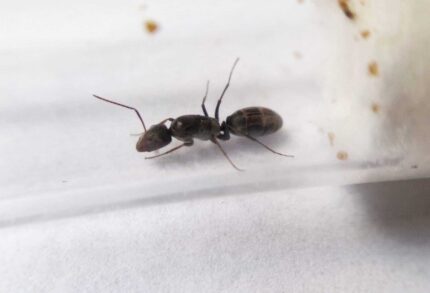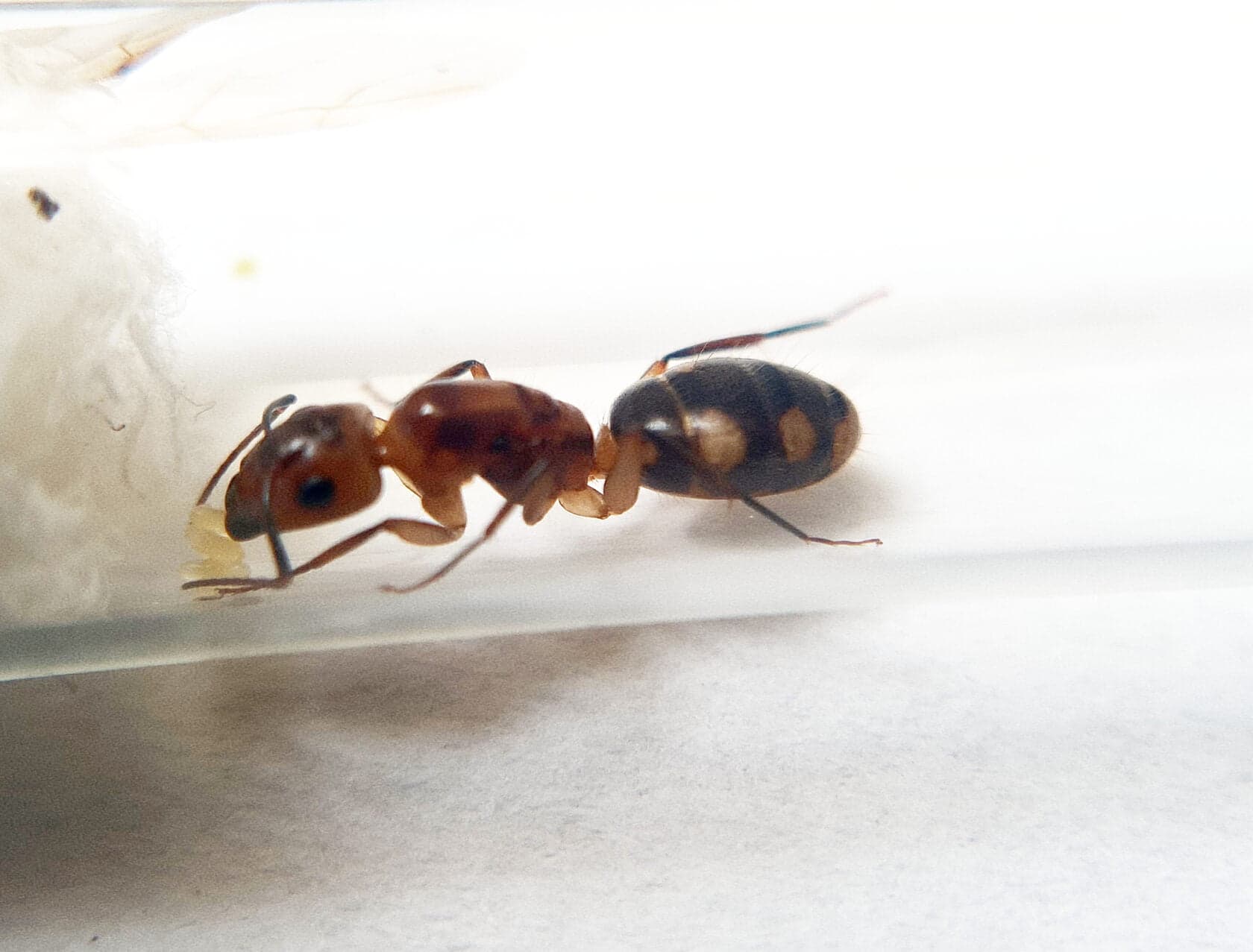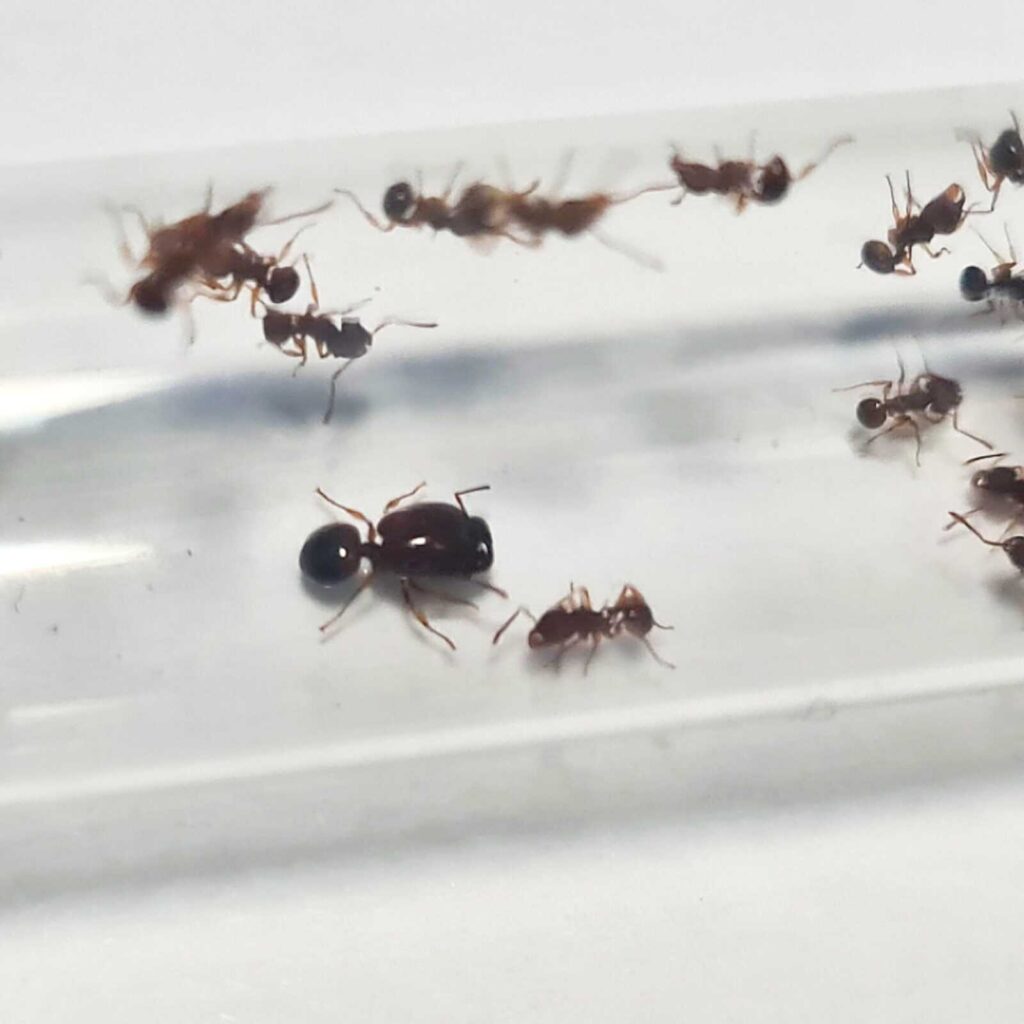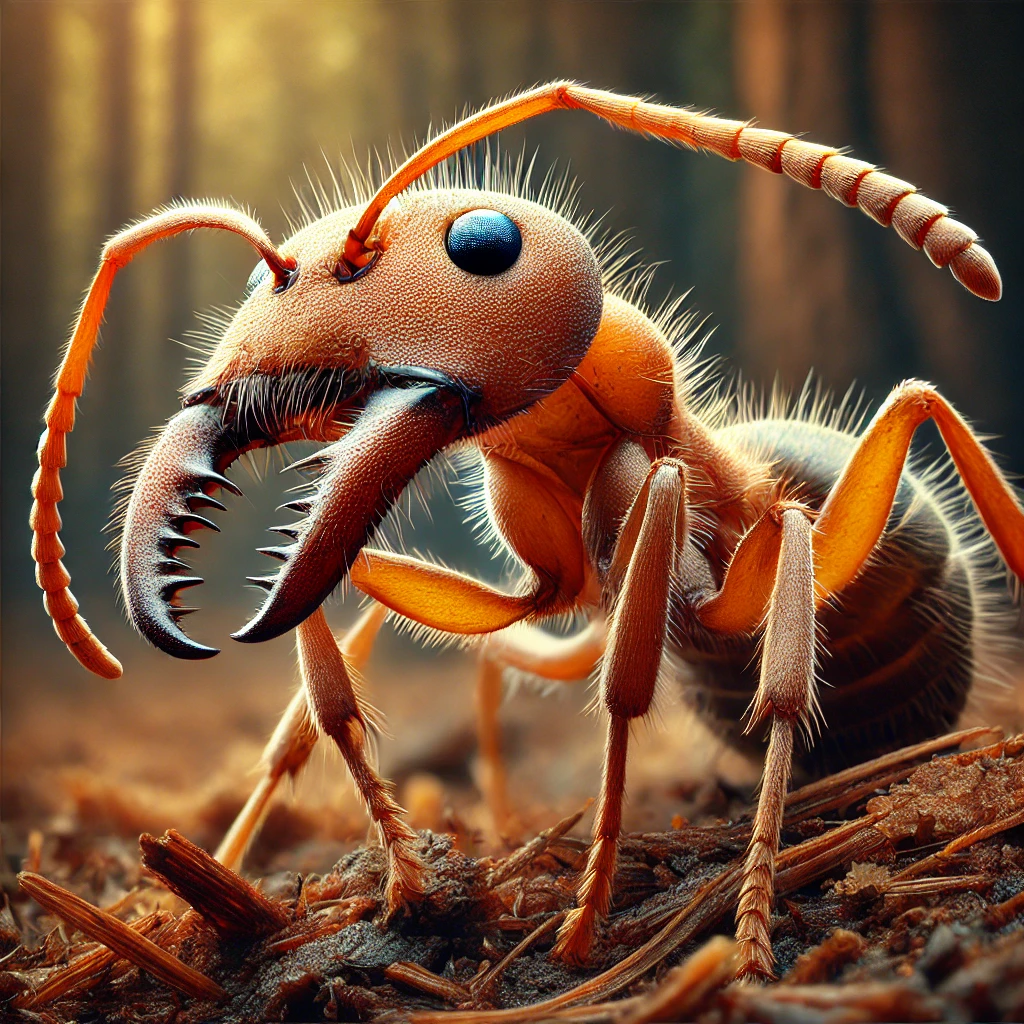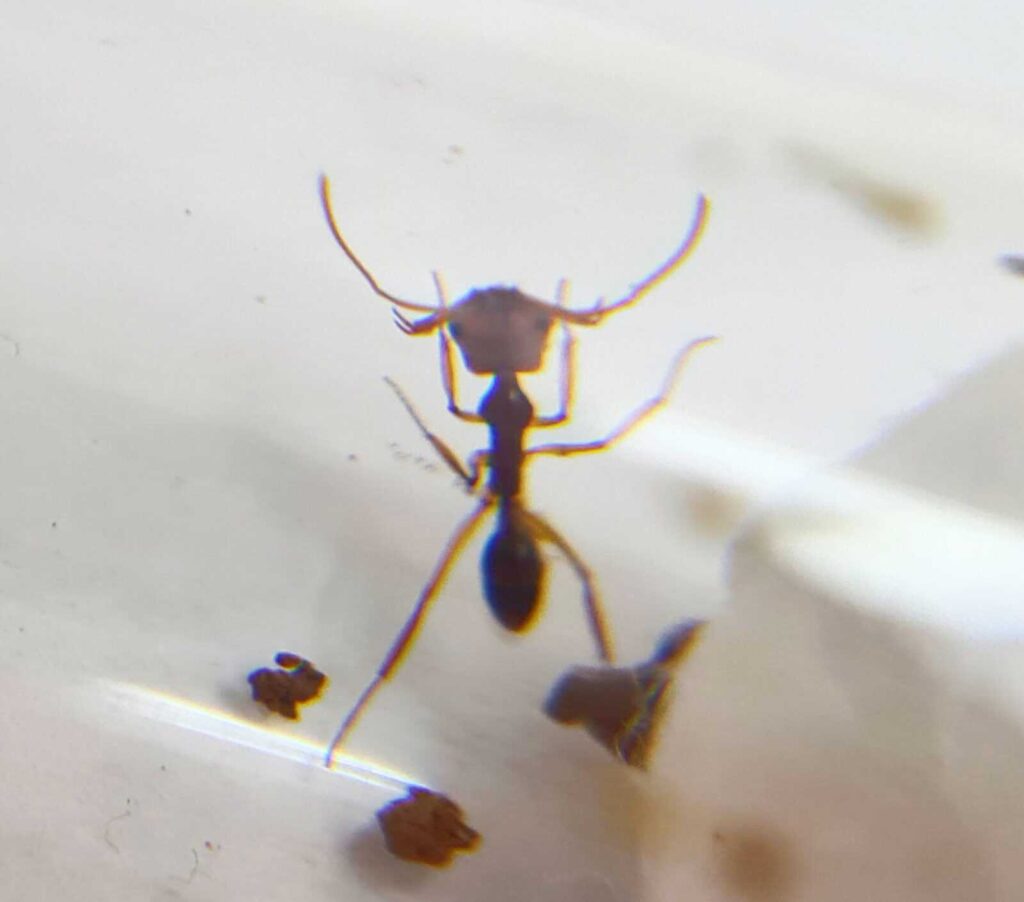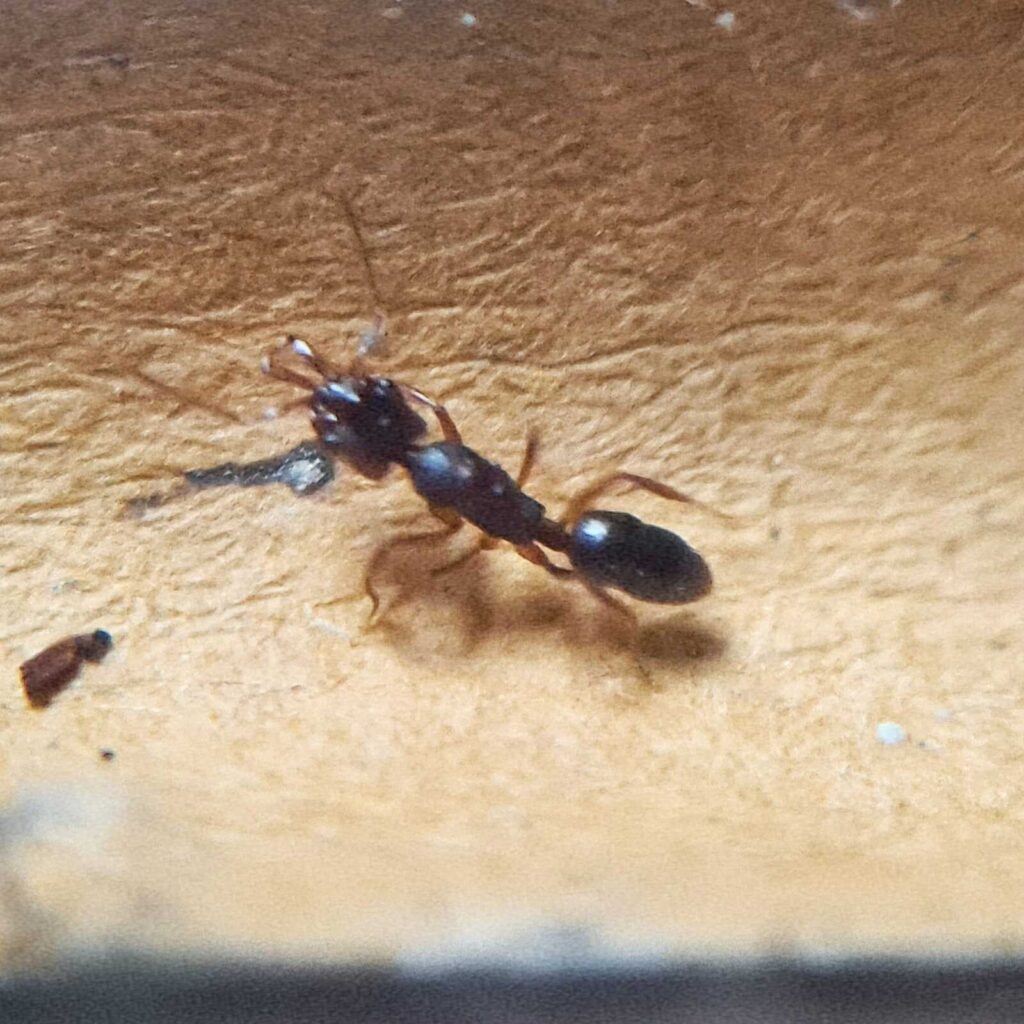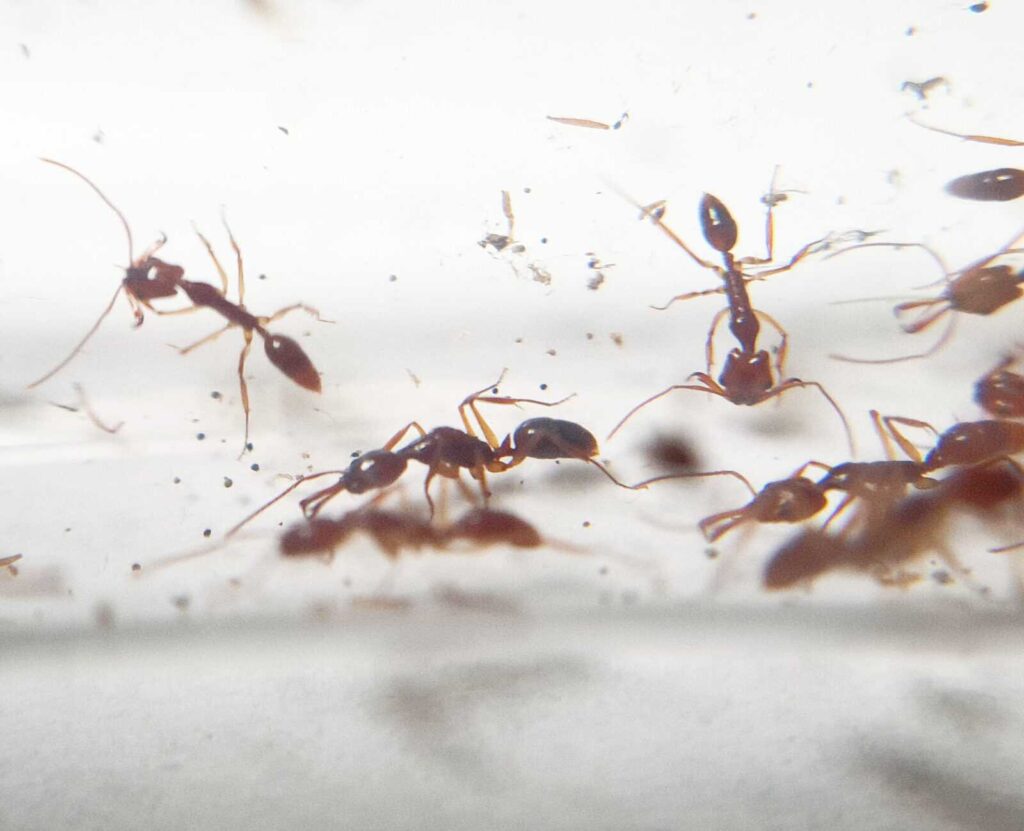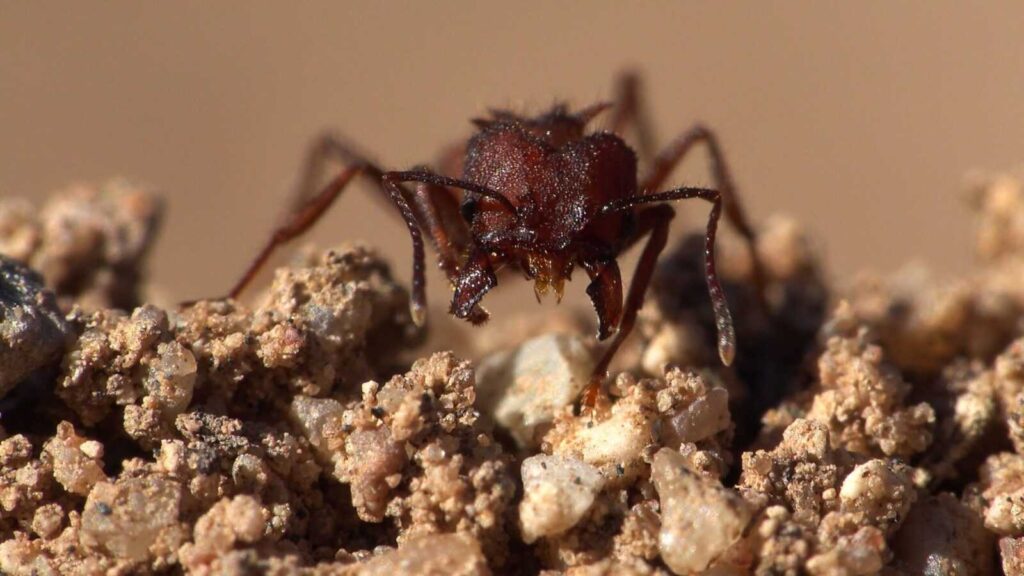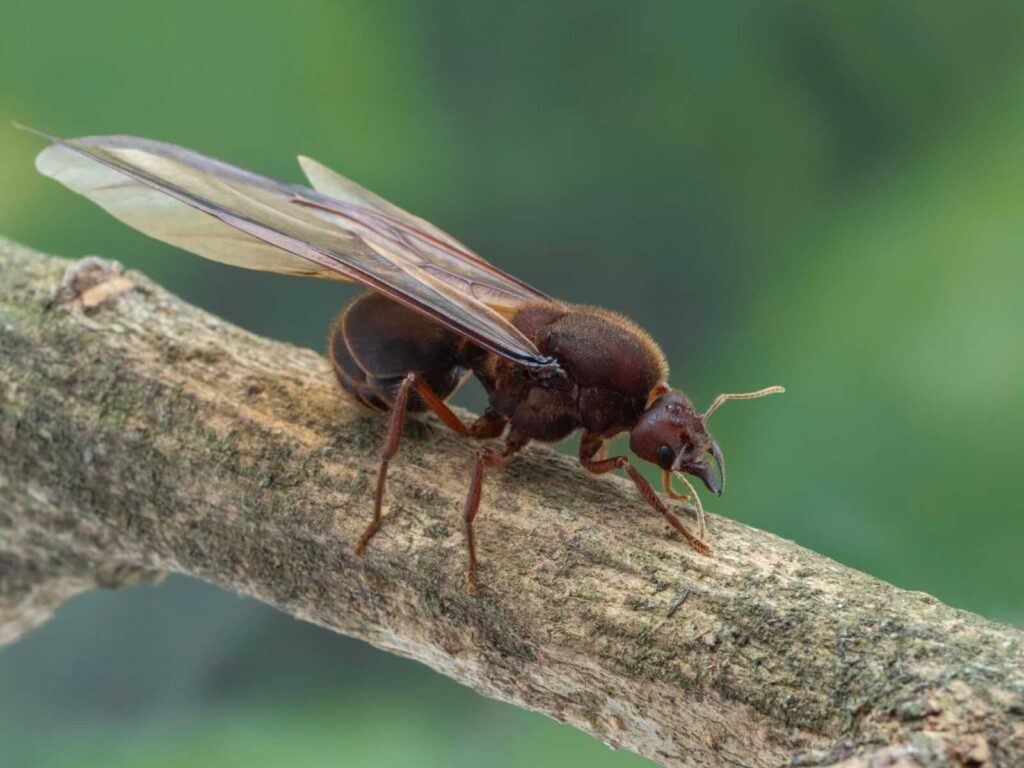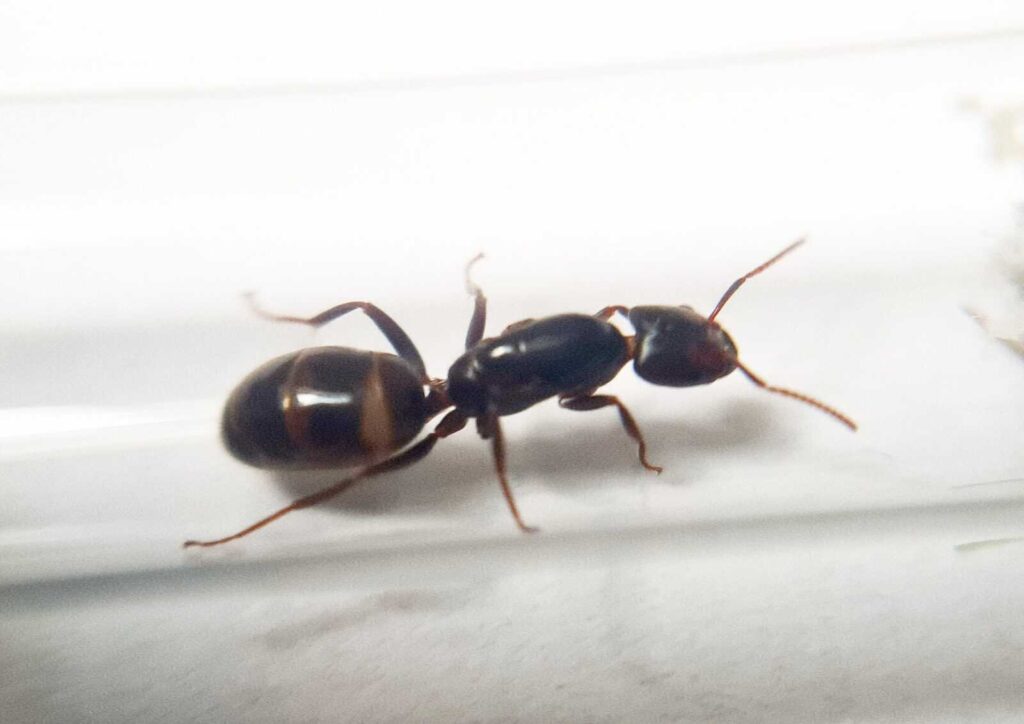Camponotus zonatus
459,90 zł – 579,90 zł
Worldwide shipping
Free delivery over 500 PLN
The highest quality of goods
Live delivery guarantee
24/7 Personal Support
Fair Prices
Description
Camponotus zonatus is a species of ant with medium development speed. The colony is monogynous and can contain up to 6000 workers. The queen measures 12-14 mm in size, while workers range from 5-8 mm and majors from 7-11 mm. The ants are brown-orange in color with yellow points on the abdomen. They primarily feed on insect food such as cockroaches and crickets, as well as syrup, fruit, vegetables, jelly, and cooked food.
Additional information
| Behavior | |
|---|---|
| Difficulty in breeding | |
| Origin | |
| The size of ants | |
| Wintering |
About Camponotus zonatus: A Fascinating Ant Species
Camponotus zonatus is a fascinating ant species known for its beautiful coloration and striped pattern. These ants are monogynous, meaning they have a single queen in each colony. With a colony size of up to 6000 workers, Camponotus zonatus is a thriving and active species.
Size of Camponotus zonatus
Size and Color:
- Queen: 12-14 mm
- Workers: 5-8 mm
- Majors: 7-11 mm
Camponotus zonatus has a brown-orange body with yellow points on its abdomen.
Nutrition for Camponotus zonatus
- Food insects (such as cockroaches and crickets) dead, or live if colony is big
- Syrup (a mixture of water and honey or sugar, with a ratio of 4/3 water:1)
- Fruits and vegetables
- Jelly
- Cooked chicken without salt, shrimps
- Honey
Humidity and Temperature Requirements
Creating the right environment for Camponotus zonatus is essential for their overall well-being. Maintaining the correct humidity and temperature levels is crucial:
- Arena humidity: 40-60%.
- Nest humidity: 50-60%.
- The temperature in the arena: 22 to 28 °C.
- The temperature in the nest: 22 to 26 °C.
Recommended Nests for Breeding Camponotus zonatus
Camponotus zonatus thrives in suitable nesting environments that provide them with the necessary space and comfort. To ensure successful breeding and colony development, consider the following types of nests:
- Acrylic nests: These nests offer transparency, allowing you to observe the ants’ activities.
- Cork nests: Made from natural cork, these nests provide a rustic and organic environment.
- Gypsum nests: Gypsum nests are durable and provide a stable and secure living space for Camponotus zonatus.
- Aerated concrete nests: These nests are lightweight and provide excellent insulation for temperature regulation.
With the right care and suitable nesting options, you can create a thriving habitat for your Camponotus zonatus ants. By providing them with a nutritious diet and maintaining optimal humidity and temperature levels, you will witness the stunning beauty and active nature of these fascinating ants.


